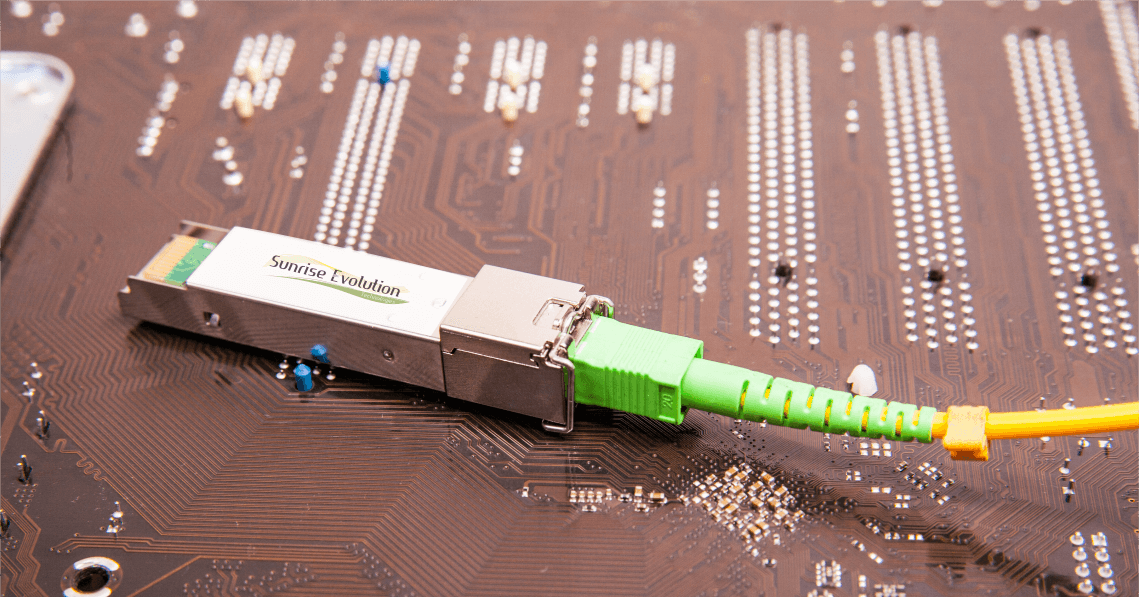
8 reasons why Fiber Optics will help avoid common tech failures
We’re using Fiber Optics’ magic to avoid the most common tech failures!
Fiber Optics are one of the most important commodities that developed within the information technology industries being one of the most searched by individuals and business. However, these little hardware accessories are only as good as the quality of the firmware and software installed in the optical hardware. Speed, consistency and longevity are some of the main factors that determine its quality and many OEM companies provide unsatisfactory products where its installation has revealed tech failures. While it may be easy to understand how optical fiber works, it can be difficult to look after a good manufacture.
As rising demand, ICT companies tend to increase their production rates of fiber optics products such as optical transceivers, where quality doesn’t always keep up with quantity. The most well-known cases of failed mass production of fiber optics products are focused in China, where the cost of production is highly cheaper but the technological know-how over some OEM companies are also reduced, most importantly there is lack over quality control. Massive production of such a fragile product as fiber optics is bound to create errors by negligence, causing avoidable tech failures!
Let’s understand the high demand on Fiber accessories?
Here are 8 reasons to choose fiber optics over copper cables:
#1 – Small size form – A fiber cable is of a much smaller diameter than a copper cable, saving space while maintaining the same connection
#2 – High bandwidth traffic – Fiber cables can transmit much more units of information when compared to a copper cable.
#3 – Resistance to electromagnetic interference – As opposed to the electrical signal transmitted by copper cables, the light that goes through a fiber cable doesn’t interfere or suffer much interference from other signals being transmitted by the same cable or electrical signals emitted by other sources around it;
#4 – Abundancy of raw materials – necessary to produce fiber optics technology;
#5 – Lower signal degradation – There is a lot less signal loss in a fiber cable as opposed to a copper wire;
#6 – Low Security Risk – By using a light signal, which is impossible to “tap into,” there is no concern of having transmissions intercepted, while cable wire uses electromagnetic energy;
#7 – Price – It is cost effective to produce a mile of fiber cable than the equivalent amount of copper wire;
#8 – Low power – As the light signals travelling through fiber cables suffer less degradation, low-power transmitters can be used contrary to the high-voltage electrical transmitters needed for copper wires.
Bad manufacturing increases the probability of future hardware, software and installation errors bringing major problems to Telecoms, datacentres, ISPs and enterprises as the product may work but it’s more prone to break due to manufacturing errors. The material resistance is directly connected with manufacturing quality and although all sort of equipment should be taken good care of, the proficient manufacturing should produce hardware that can resist to certain levels of stress.
Taking accountability on all the mistakes that can be made during fiber optics products’ design, firmware updating, software integrations and building phases, it’s still consensual among most studies made that the majority of failures registered are consequence of human tampering, misuse of the product or simple environmental degradation, caused by humidity or in some extreme cases, extreme heating.
Even the most enlightened and cautious manufactures consider all these errors and mistakes, adapting its manufacturing procedures accordingly. Investment in quality control, customer support and regular follow-up are some of the techniques applied in order to reduce failure rates.
Readers and know-how researchers look for numbering these reasons, so we share in this article what we believe to be the three essential practises any OEM Manufacture should apply to promote confidence and credibility in the quality of Fiber optics products:
– Reliability
Most manufactures provide the commodities without providing any kind or little of guarantee of its quality. If a warranty is available, it means the manufacture will either sell a good product or make sure it becomes good when it fails. The confident seller will present you with a lifetime warranty;
– Compatibility
Every hardware is different and has different needs. This is a major factor in selling a product like fiber optics since it must adapt and apply to the specific need of the buyer hardware. Many vendors choose to sell products such as optical transceivers with a single default coding to every equipment’s, when a better option would be to code, programme and prepare the product according to the specific usage for the fiber accessory;
– Testing
Still the quality of a product is only guaranteed when the customer can prove it himself, by local usage of said product. Even though a warranty should be given to accommodate future problems, a free sample should also be provided to ensure customer can be safe to test and to decide consciously about the use of OEM accessories in his hardware. The free testing is also beneficial to the manufacture not only to promote its reliability toward the customer, but as any glitches that may appear can be solved and avoided in the future.
Interested in trying our Sun Evo Fiber Optics’ quality?
Get your sample today! Our supersonic team will be happy & ready to support you with the right products!

Ambrósio Baza
Fiber Optics Sale Executive
Sun Evo Tech
Have you found this article insightful? Sign up for more great content…!
…and hey, follow us on social media:




